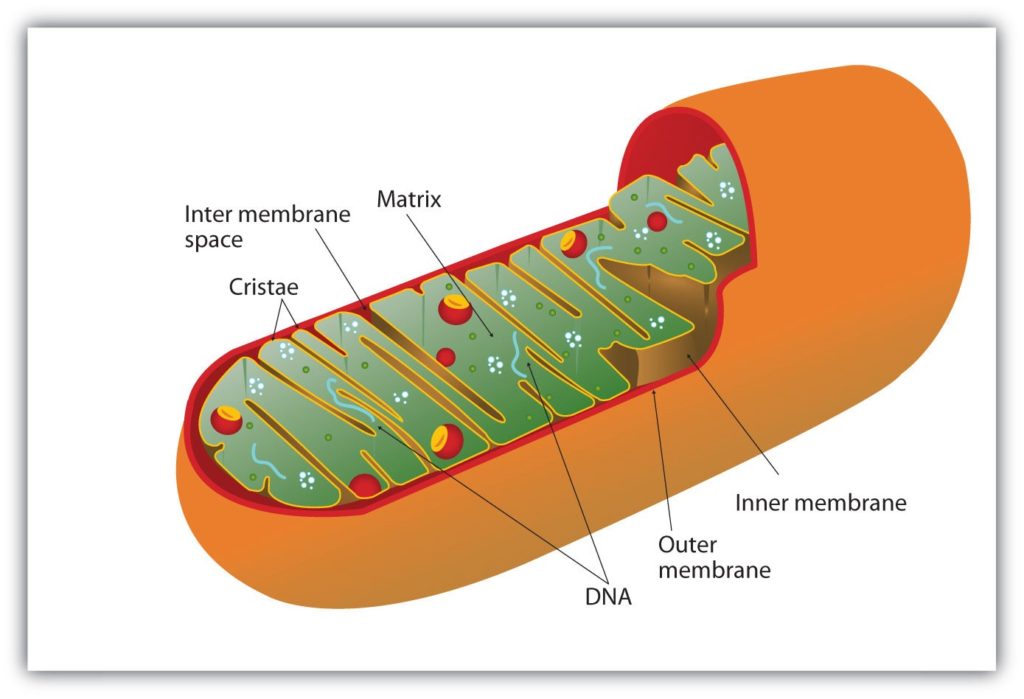The concept of energy production for most people on a day-to-day basis is an elusive one.
It is that longed-for health trait, presenting itself swiftly at certain points in our day, then lost as quickly as it was gained. For many individuals with robust good health, they still want more energy. Others simply never have enough, either due to genetic conditions, chronic disease, illness or malnutrition.
Bioenergetics – What’s It All About?
While the underlying reasons for lack of energy differ from one person to the next, its synthesis is universal in all human beings. In fact, energy is manufactured in humans via the same chemical reactions used to make energy in all animals, some microorganisms and insects. In the digital age, we have instant access to information to educate ourselves or seek advice on how to have more energy, yet most people still do not attain this goal for their health and well being. It’s not as simple as taking an energy supplement or drink. For decades now, science has known how energy is synthesised by the body. It’s known as bioenergetics, the study of how the body converts food into energy. It is inextricably linked to your nutritional state. Let’s take a look at some of the finer points of bioenergetics.
Energy Production Currency
Food contains stored energy. When we eat, carbohydrates, lipid (fats) and proteins are broken down to supply energy to every cell of the body. Energy is constantly being used up; it is needed to think, breathe, digest, walk, mount immune responses, maintain heart rate and produce hormones (to name a mere few). Once used up, we need to supply more energy, and so we must eat.
Think of energy like currency; if you spend money and have a zero balance, you need to make money. In biochemistry, this energy currency is actually in the form of a molecule known as Adenosine triphosphate (ATP). This molecule stores huge amounts of energy within specific chemical bonds in its structure. When these bonds are broken, energy is released. To replenish ATP, and put the bonds back together, we must eat. Food is broken down into its basic molecular structure. After digestion, absorption into the bloodstream and delivery to our cells, food molecules are oxidised, broken down and transformed, eventually culminating in the regeneration of ATP. This process continues, from our beginnings as an embryo to the day we take our last breath.
Mitochondria
Any reader of science will know about mitochondria. These microscopic, bean-shaped structures are classified as organelles, which translates to ‘little organs. Organelles are present inside cells; there are several different types and all have highly specialised functions. For mitochondria, their specialist function is energy production.
 Figure 1. Mitochondria. Image courtesy of ‘Introduction to Biochemistry: General, Organic and Biological, First Ed. Ball, Hill and Scott
Figure 1. Mitochondria. Image courtesy of ‘Introduction to Biochemistry: General, Organic and Biological, First Ed. Ball, Hill and Scott
The inner membrane bestows mitochondria with a highly specialised structure geared specifically for energy production; the highly folded arrangement creates a huge surface area for this to take place. Mitochondria are the site of the common catabolic pathway for ATP production. ‘Common’ means that all foods (carbohydrates, fats and proteins) can enter mitochondria to make energy, and ‘catabolic’ simply means to break down the molecular structures of carbohydrates, fats and proteins in order to yield energy.
Carbohydrates
Carbohydrates are sugars. Lactose (dairy), maltose (grains), sucrose (many foods) and starches (complex carbohydrates) are broken down via digestion to yield the three simplest sugars: fructose, glucose and galactose. These three simple sugars enter cells and are catabolised via a biochemical pathway known as glycolysis, which literally translates to ‘breaking glucose’. This pathway occurs in cells, but outside our mitochondria. Once glycolysis is complete, the final product enters the mitochondria, to begin the journey through the common catabolic pathway.
Interesting fact: when you are hungry and do not eat, your body will access glucose from your liver and skeletal muscle tissue, where we store glucose for times of starvation. Liver and muscle are quickly depleted of glucose if we do not eat.
Lipids
Lipids are an excellent source of energy. While carbohydrates are exclusively used for energy production, lipids have many other important roles to play in the body and are not always used for energy production. Lipids are also required for cell membrane structure and insulation of nerves.
Dietary lipids (fatty acids) are digested then absorbed into the lymphatic system before entering the bloodstream. Upon reaching cells, fatty acids are broken down via the biochemical pathway known as B-oxidation. Like glycolysis, the final product of B-oxidation of fatty acids then enters the common catabolic pathway for energy production.
Interesting fact: as with carbohydrates, your body can access stored lipids during starvation or when energy requirements are high. Lipids are stored in our adipose tissue. The biochemical breakdown of lipids is known as lipolysis
Proteins
Proteins are complex structures, often consisting of thousands of units of amino acids linked and coiled up together. After digestion, larger proteins no longer exist, with free amino acids being absorbed into the bloodstream.
It may or may not surprise you that proteins and amino acids are not the body’s first choice of molecule to break down for energy. Like lipids, amino acids have many other roles in the body. Amino acids are needed to build every single protein structure in your body, and the list is exhaustive. Proteins are structural and form the scaffolding of your hair, skin, bones and teeth. Proteins are globular, forming everything from your blood clotting factors and some hormones through to some neurotransmitters. Amino acids are broken down in cells, and also enter the common catabolic pathway in mitochondria for energy production.
Interesting fact: We really only use proteins as an energy fuel during starvation. Again, our body will access stored protein and use it up, particularly from skeletal muscle.
Micronutrients
Micronutrients (all the vitamins and minerals) are not catabolised to yield energy. Only the macronutrients (carbohydrates, fats and proteins) can be catabolised by the many chemical reactions of the common catabolic pathway to yield energy. This is not to say micronutrients are not important for energy production. In fact, they are essential. Every step of the common catabolic pathway is catalysed or made more efficient by a specific enzyme at each step. Put simply, enzymes require nutrient co-factors, or they simply do not function. The micronutrients essential for the common catabolic pathway include vitamins B1, B2, B3, B5 and the minerals magnesium, iron and sulphur.
In order to make and replenish energy, all of the following needs to be in place:
- Consumption of food. You must eat to make energy, you must eat to live.
- A great diet. All diets supply carbohydrate, protein and lipids in various proportions. Only great diets supply the micronutrient vitamins and minerals to help break them down.
- Good digestion. You are what you eat, but even more so, you are what you absorb. We must absorb all nutrients well in order to deliver them to the bloodstream and our cells.
- Good genetics. Unfortunately, our genes control all the enzymes for the various pathways described above. Some genetic diseases directly affect specific enzymes of glycolysis or the common catabolic pathway. Energy production is compromised, sometimes very severely in these genetic conditions. In rare situations, mitochondria themselves are not functioning properly. This specific set of genetic conditions is known as mitochondrial disorders.
Trying to pinpoint why you are low in energy may seem complex, but if you do not have a rare genetic condition, it’s actually rather simple. It’s a currency. If you use it, you must replenish it with food and rest. Simply eat well, with a diet high in micronutrients. Focus on having a healthy gut, not just over a quick detox or cleanse, but for the long term. Not only will you experience robust energy levels, but robust good health.
Written by Annalies Corse BMedSc, BHSc
References
- Ball, Hill and Scott. Introduction to Biochemistry: General, Organic and Biological, First Ed.
- Introduction to General, Organic and Biochemistry. Tenth Edition.



